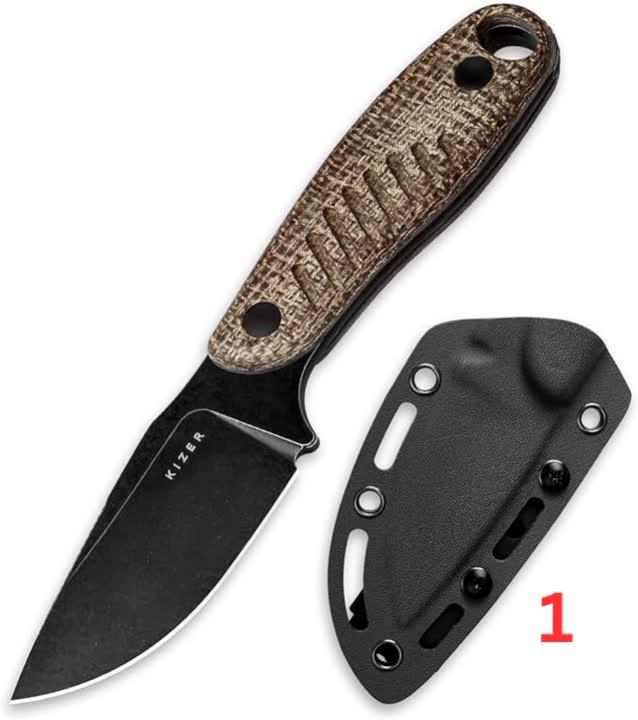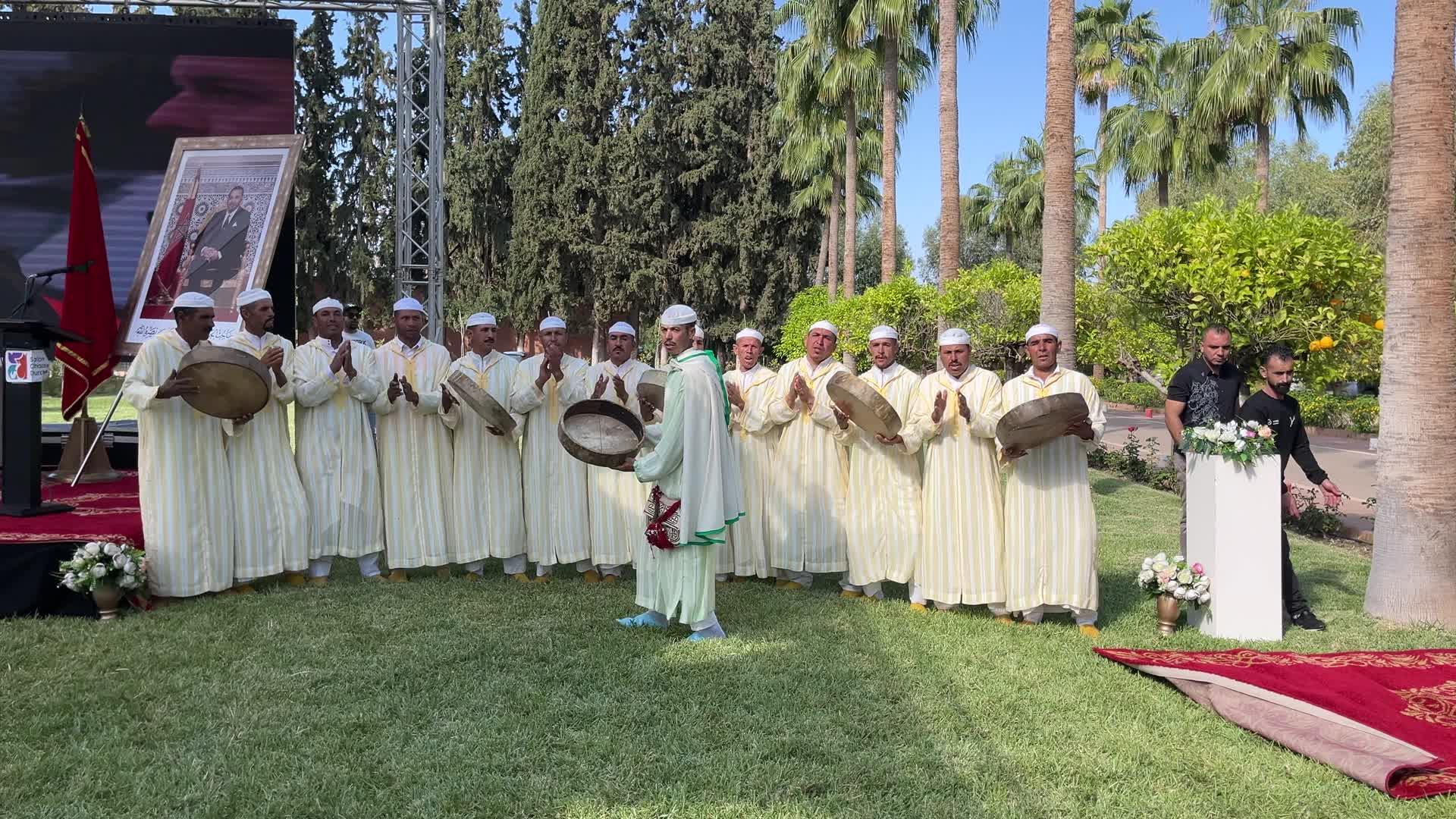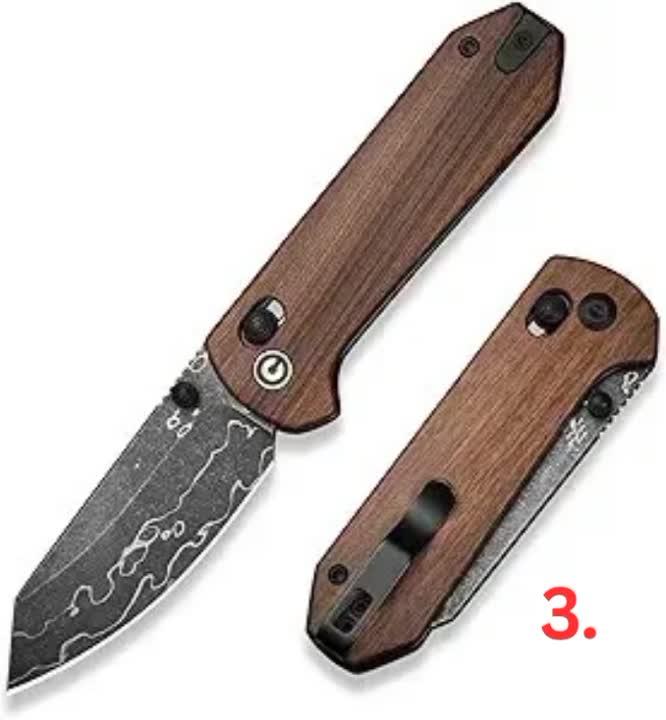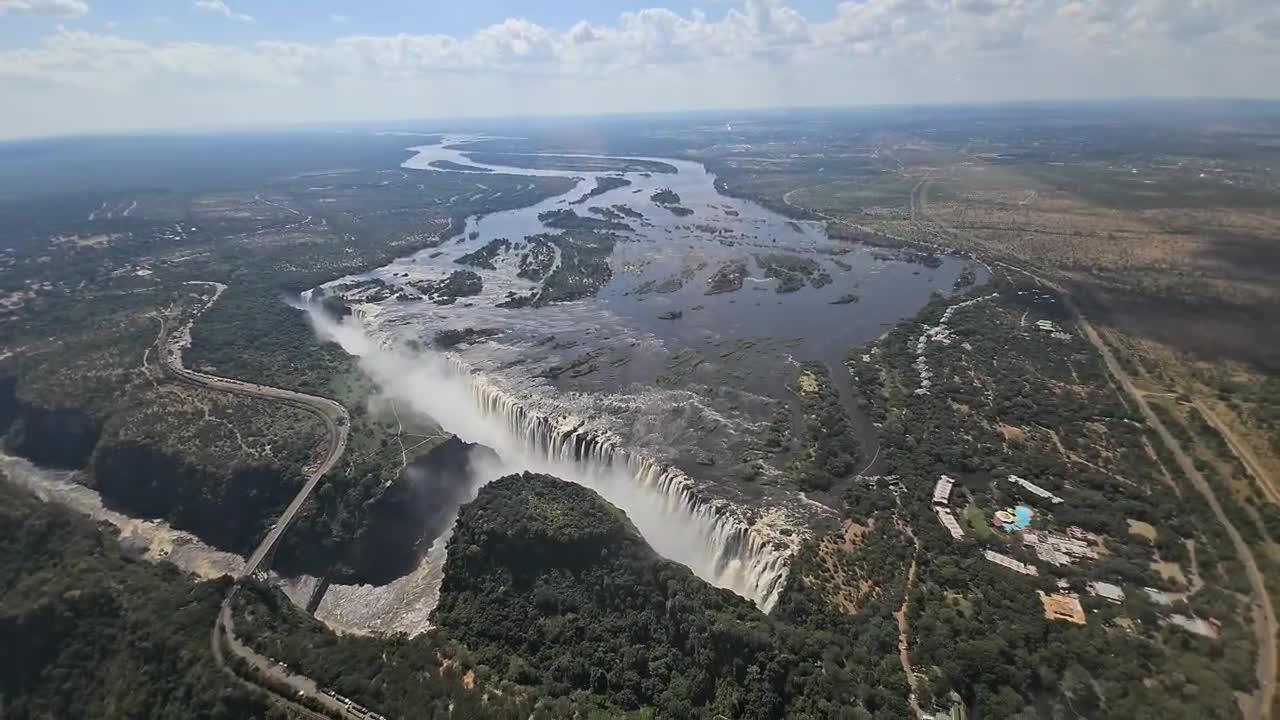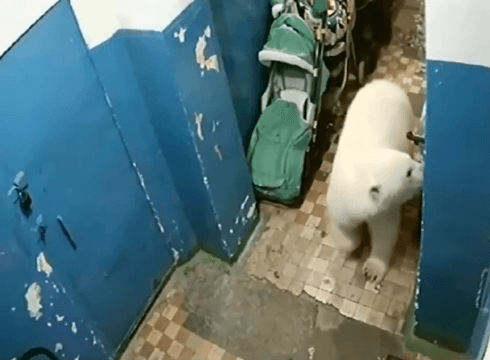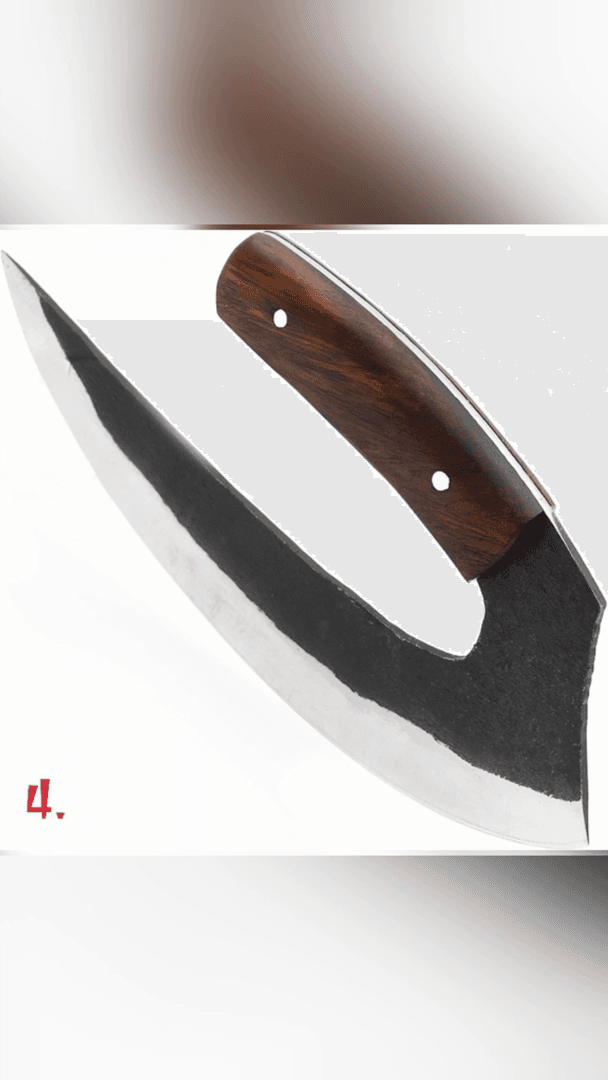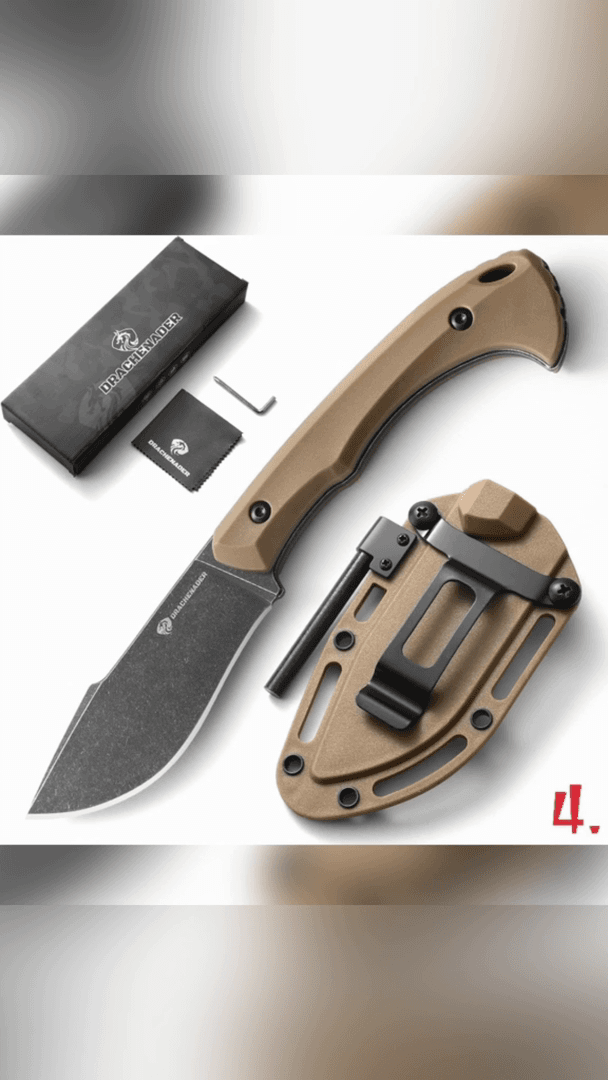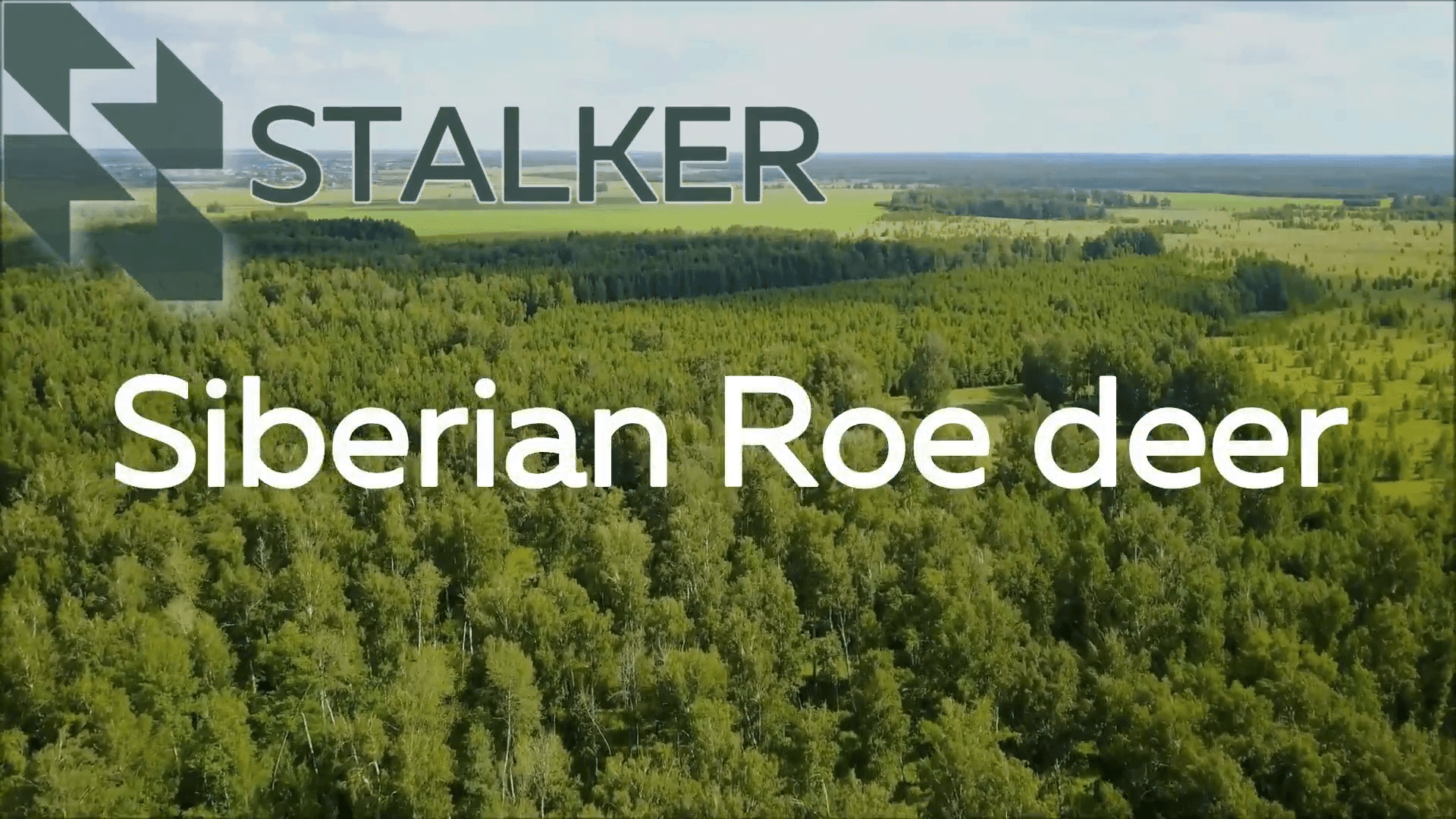
Setesdal Valley Hunting in Norway: Hunting Legislation, Regional Traditions Related to Hunting and Interesting Facts About Hunting Geographic and Natural Features for Hunting: Exploring the Diverse Landscapes of Setesdal Valley The Setesdal Valley, located in southern Norway within the Agder region, is a stunningly diverse hunting destination known for its rugged mountains, dense forests, and pristine rivers. Key features include: Forests : Spruce and pine dominate the valley’s landscape, providing excellent cover for moose (Alces alces ), roe deer (Capreolus capreolus ), and small game like hare and grouse. Mountains : The Setesdal Alps, with peaks reaching over 1,500 meters, create challenging but rewarding terrain for stalking large game. Rivers and Lakes : The Otra River runs through the valley, attracting waterfowl such as mallards (Anas platyrhynchos ) and teal (Anas crecca ). Smaller lakes and wetlands dot the area, further enhancing biodiversity. Climate : Cold winters with heavy snowfall contrast with mild summers, creating ideal conditions for species adapted to seasonal changes. The valley’s remote wilderness and low population density make it one of Norway’s premier destinations for hunters seeking solitude and adventure. Hunter Demographics: Understanding Communities of the Region Licensed Hunters : Approximately 800 active hunters reside in or regularly visit the Setesdal Valley as of 2025 (source: Norwegian Environment Agency). Age: 70% are aged 40–65; younger hunters (under 35) account for roughly 10%. Gender: 90% male, though female participation has grown slightly due to outreach programs by local clubs. Foreign Hunters: Around 15% of permits issued annually go to international visitors, primarily from Germany, Sweden, and Denmark. Foreign hunters often participate through guided tours or partnerships with local hunting clubs. Characteristics of Hunting in Setesdal Valley: Challenges, Techniques, and Unique Aspects of the Region Game Abundance : The region boasts healthy populations of moose, roe deer, and small game, thanks to strict conservation measures and abundant natural resources. Challenges : Steep mountain trails and dense forests require physical fitness and preparation. Weather conditions, including sudden storms and fog, add complexity to hunts. Equipment : High-caliber rifles (.308 Win or larger) are standard for moose, while smaller calibers suffice for roe deer. Shotguns with non-toxic ammunition are mandatory for waterfowl. Types of Hunting and Game Species: A Comprehensive Look at Big Game, Small Game, and Waterfowl Opportunities Big Game : Moose : The flagship species of Setesdal, hunted primarily for meat and trophies. Roe Deer : Increasing populations have made this species more accessible in recent years. Small Game : Willow Ptarmigan and Black Grouse : Popular during autumn upland seasons. Hares : Commonly hunted in winter months. Waterfowl : Ducks (mallards, teal) and geese are abundant around the Otra River and smaller wetlands. Predator Control : Lynx, foxes, and wolves may be hunted under special permits aimed at managing livestock predation. Hunting Associations and Clubs: The Role of Organizations in Promoting Conservation and Community Setesdal Jegerlag : Coordinates licensing, education, and landowner agreements. Organizes annual moose quota lotteries and community events. Agder Jeger- og Fiskerforbund : Serves as the regional umbrella organization for hunting clubs. Offers safety courses, mentorship programs, and advocacy for sustainable hunting practices. Local Landowner Cooperatives : Facilitate access to private hunting grounds in exchange for fees or shared harvests. Guided Hunts : Companies like Setesdal Wilderness Adventures cater to foreign hunters seeking fully equipped trips. Hunting Legislation: Legal Requirements, Quotas, and Ethical Standards for Sustainable Practices Licensing Requirements : All hunters must pass a theoretical and practical exam to obtain a Norwegian hunting license. Foreign hunters need a licensed guide unless exempted by bilateral agreements (e.g., EU citizens). Quotas and Landowner Permissions : Moose permits are allocated via lottery systems managed by local associations. Private landowners hold significant influence over access rights. Weapon Regulations : Rifles must meet caliber requirements (minimum .243 Win for deer, .308 Win for moose). Semi-automatic firearms are prohibited. Non-toxic ammunition is mandatory for waterfowl hunting. Ethical Standards : Harvested game must be reported within 24 hours. Waste of edible meat is punishable by law. Regional Traditions Related to Hunting: Celebrating Cultural Heritage and Time-Honored Rituals Moose Hunt Celebrations : After the season ends, communities gather for feasts featuring moose stew, sausages, and steaks. These events often include storytelling and traditional music. Grouse Plucking Competitions : Local events celebrate traditional skills like fast plucking and skinning, fostering camaraderie among hunters. Sustainable Practices : Passed down through generations, these emphasize respect for nature and minimizing waste. Hunters often share meat with neighbors and family. Historically, Setesdal’s rural economy relied heavily on hunting and fishing, fostering a deep cultural connection that persists today. Traditional tools like hand-carved decoys and wooden calls remain cherished heirlooms. Interesting Facts About Hunting in Setesdal Valley: Fascinating Insights and Notable Highlights from the Region Moose Migration Corridors : The Setesdal Valley serves as a critical migration route for moose moving between higher elevations in summer and lower valleys in winter. Ancient Hunting Tools : Archaeological digs in the region revealed stone arrowheads dating back 8,000 years, highlighting Setesdal’s long hunting history. #SetesdalHunting #MooseHuntingNorway #NorwegianWildlife #SustainableHunting #RoeDeerHunting #WaterfowlHunting #HuntingSeasons #BigGameHunt
Post: 11 June 14:30










